Difficult labor is the last thing that a mom-to-be would ever want. While we can’t predict it, there are small signs that can tell if a mom will be in for a tough labor. While none of these signs are fully accurate, they are likely indicative of what to expect when her water breaks.
Some signs are more subtle while others make themselves well known but they all mean the same thing: there’s more where that came from. We’ve covered everything from cramps to emotional effects and everything in between. Some women may have many or even all of these without any complications or challenges. Some women may even have many of these, yet fly through labor as though it’s a breeze. The best thing a new mom can do is listen to the subtle signs her hormones give her because chances are, they’re probably onto something.
Keep in mind that many of these symptoms can arise regardless of labor expectations, and a doctor should always be consulted if something feels off.
20. GESTATIONAL DIABETES CAN IMPLY A LONGER LABOR

Gestational diabetes sounds like one of the last things any mom wants to have right before she gives birth, but the good news is that it doesn’t always mean tough labor. What it could mean is that your baby is slightly bigger than average, and it’s actually this fact that causes labor to be longer than the average. Moms who have been diagnosed with gestational diabetes could also have a baby who has grown due to macrosomia. If a baby has grown a bit more because of this, it means labor might be extended simply because of the time it will now take for the baby to make it through the birth canal.
19. DO YOU HAVE A SMALL CERVIX? THERE MIGHT BE SOME ISSUES

It’s fairly easy to tell if you have a small cervix and if a mom is really unsure, it’s a question her doctor can easily answer. This is usually more of an issue for new moms who have not yet had their cervix stretched by a previous pregnancy but if she has heard in the past that her cervix is small, chances are that her baby will find that out, too. It’s not something that is likely to cause too much of a challenge but could mean longer labor and some potential ripping. Much of this is fairly normal during labor, though — and it’s all something a doctor or midwife will prepare a new mom for.
18. EPIDURALS CAN CAUSE SOME CHALLENGES
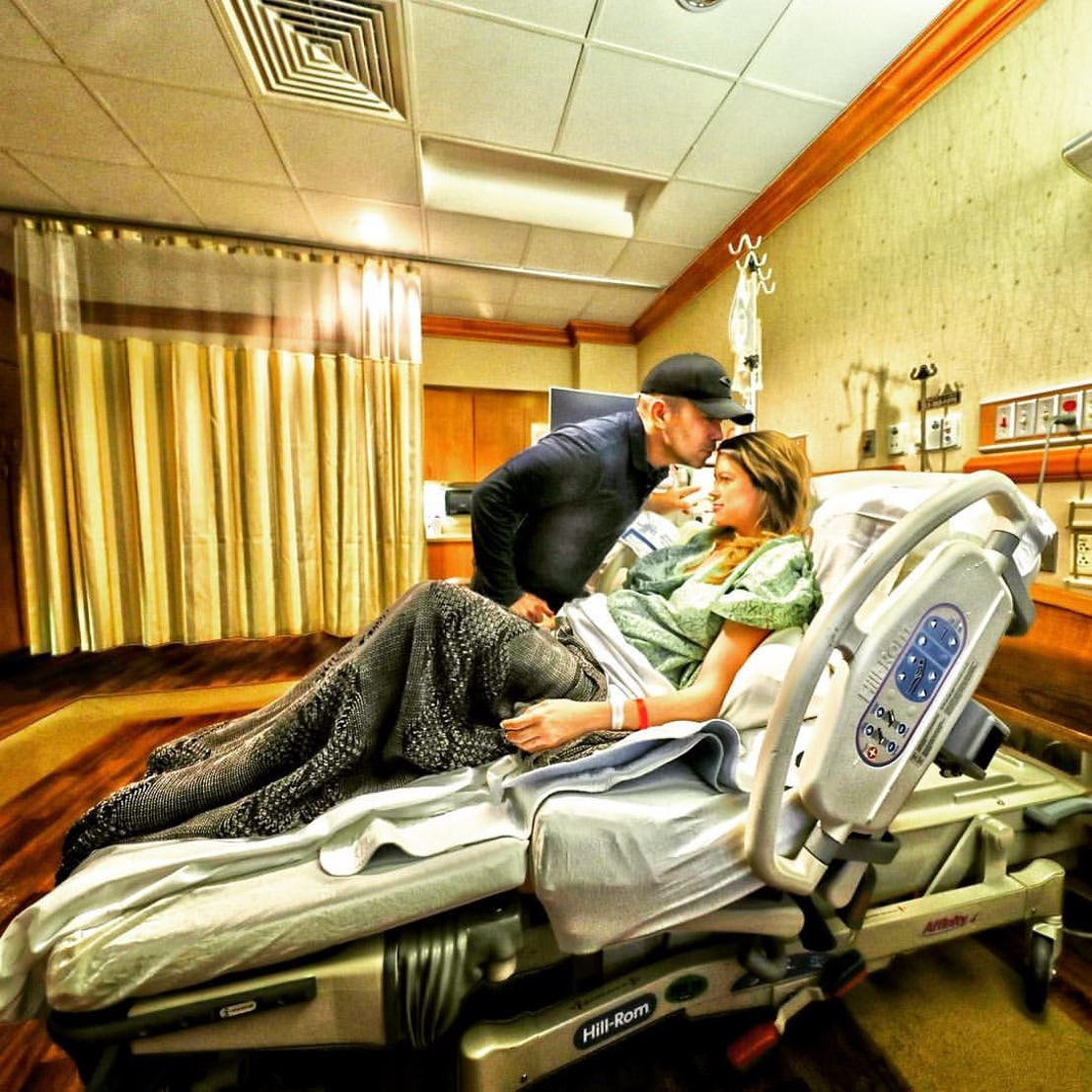
According to Romper, epidurals—although great for pain management—can lead to longer labor times. It’s very common for moms to choose to have an epidural before or during labor because it can be, well, a rather unpleasant experience without it. This can very well mean that a mom is also choosing to extend the time she’s in labor, however. Studies have shown that epidurals may block some naturally-occurring oxytocin which means the time a mom spends pushing can be increased. It’s a rough trade-off; either go into labor mostly pain-free or tolerate it for shorter labor time.
17. UH-OH, THE BRAXTON HICKS CONTRACTIONS ARE A WARNING SIGN
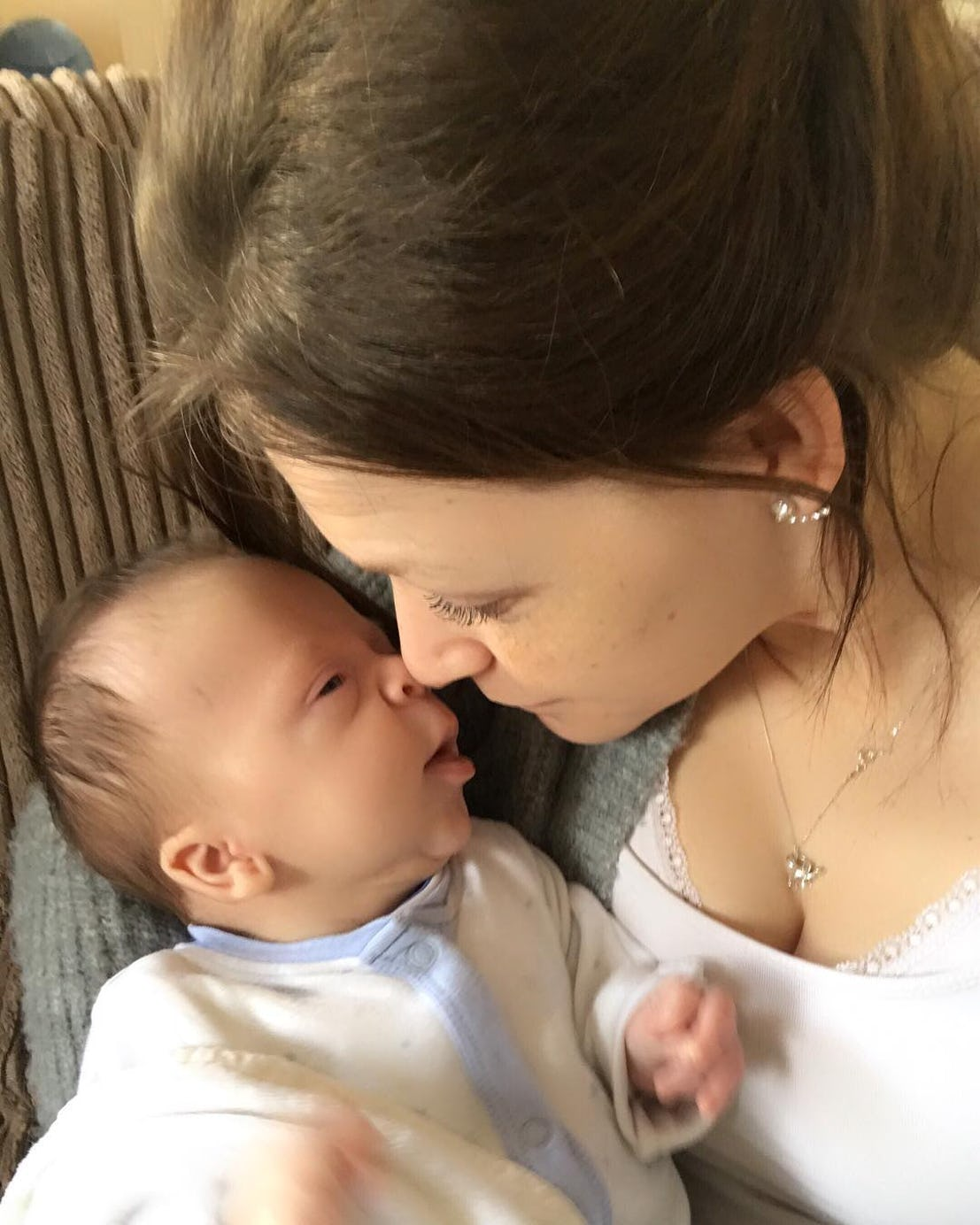
Braxton Hicks contractions can often happen just before a mom goes into labor and while they’re not abnormal, they should be something to be paid attention to. These contractions—unlike those a mom experiences during labor—will be more of a tense feeling, according to Today’s Parent, rather than something that’s increasingly painful. The sensation will likely be uncomfortable but can sometimes be remedied by changing positions or drinking more water. These contractions can start long before a woman’s due date, though, and can be a sign that there’s more discomfort to follow and possibly even more (stronger) contractions to come.
16. AS A SOON-TO-BE MOM, YOU SHOULD KNOW ABOUT PRODROMAL CONTRACTIONS
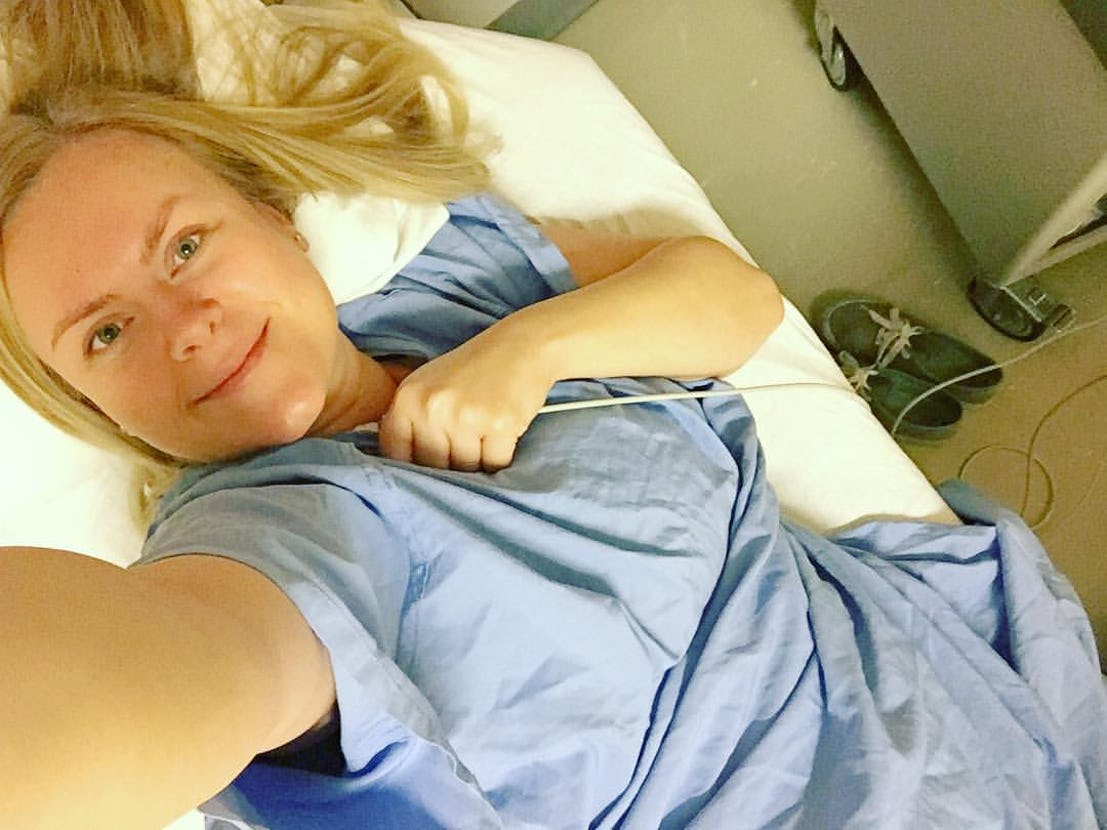
Basically, prodromal labor is how the uterus prepares itself for impending labor. According to Healthline, this type of contractions can be strong and intense but may be few and far between. They’re not like Braxton-Hicks, which can be painless but cause pressure and tightness, and can happen at any time toward the end of a woman’s pregnancy. The problem with these contractions is that they don’t necessarily mean labor is happening immediately. They can occur anytime during the final month of pregnancy and continue throughout but aren’t a surefire sign that a woman’s water will break or that she’ll go into active labor contractions.
15. IF JOINTS DON’T LOSEN, IT COULD BE A TIGHT SQUEEZE
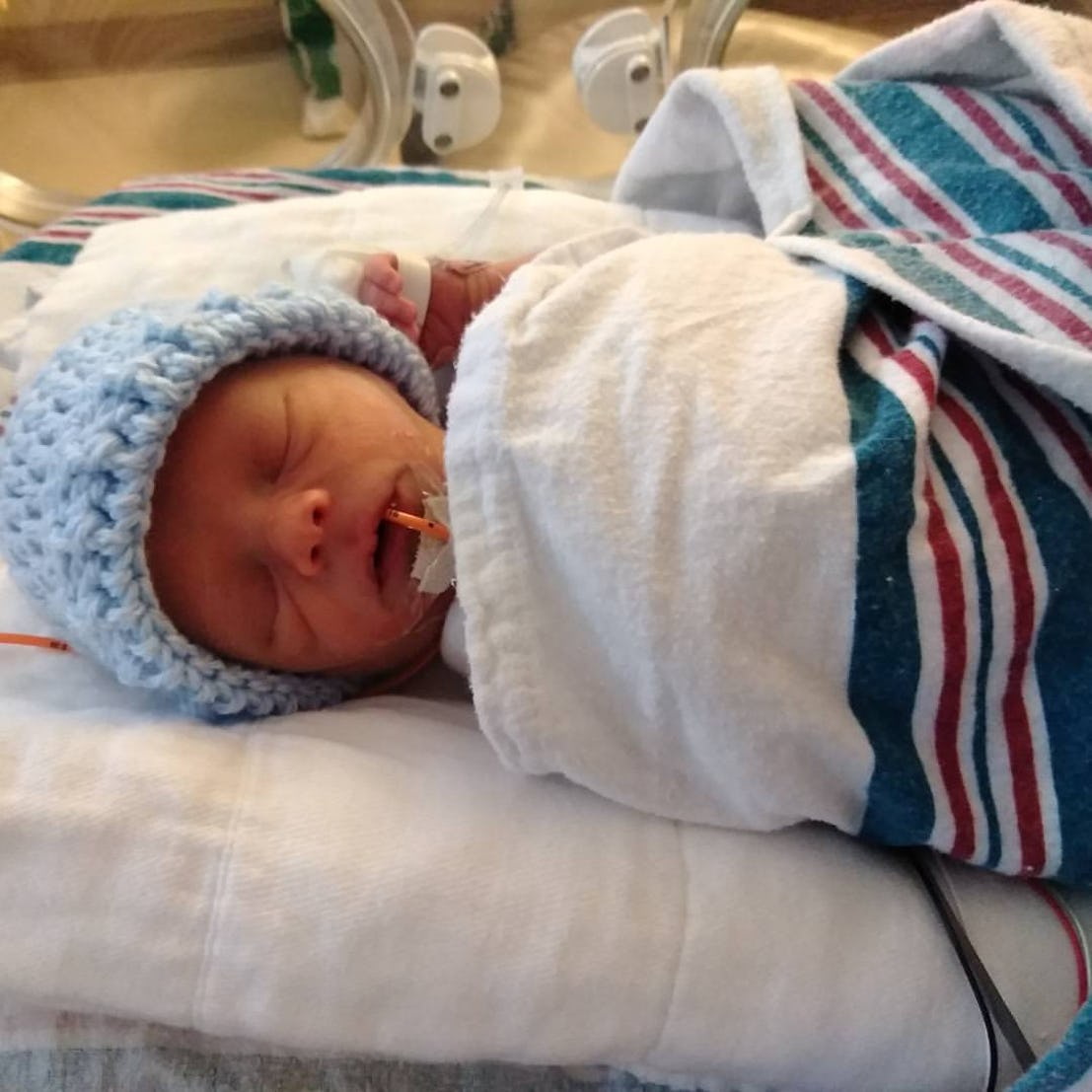
Many moms notice that toward the end of their pregnancy, they begin to get a bit, well… wobbly. This is completely normal and is usually just a sign that in addition to all the other things her hormones are preparing her for, her joints are loosening up to prepare for labor. This is the point in time when many moms notice that their shoe sizes have increased a bit (which is usually temporary) or that their hips may have widened. It’s a for-sure and certain sign that pregnancy is coming to an end! However, for some moms, this ‘loosening’ doesn’t happen immediately, which can mean that everything might be a bit tight when it comes time to start pushing.
14. BYPASSING THE ‘WADDLE’ MEANS THE BABY HASN’T DROPPED VERY MUCH
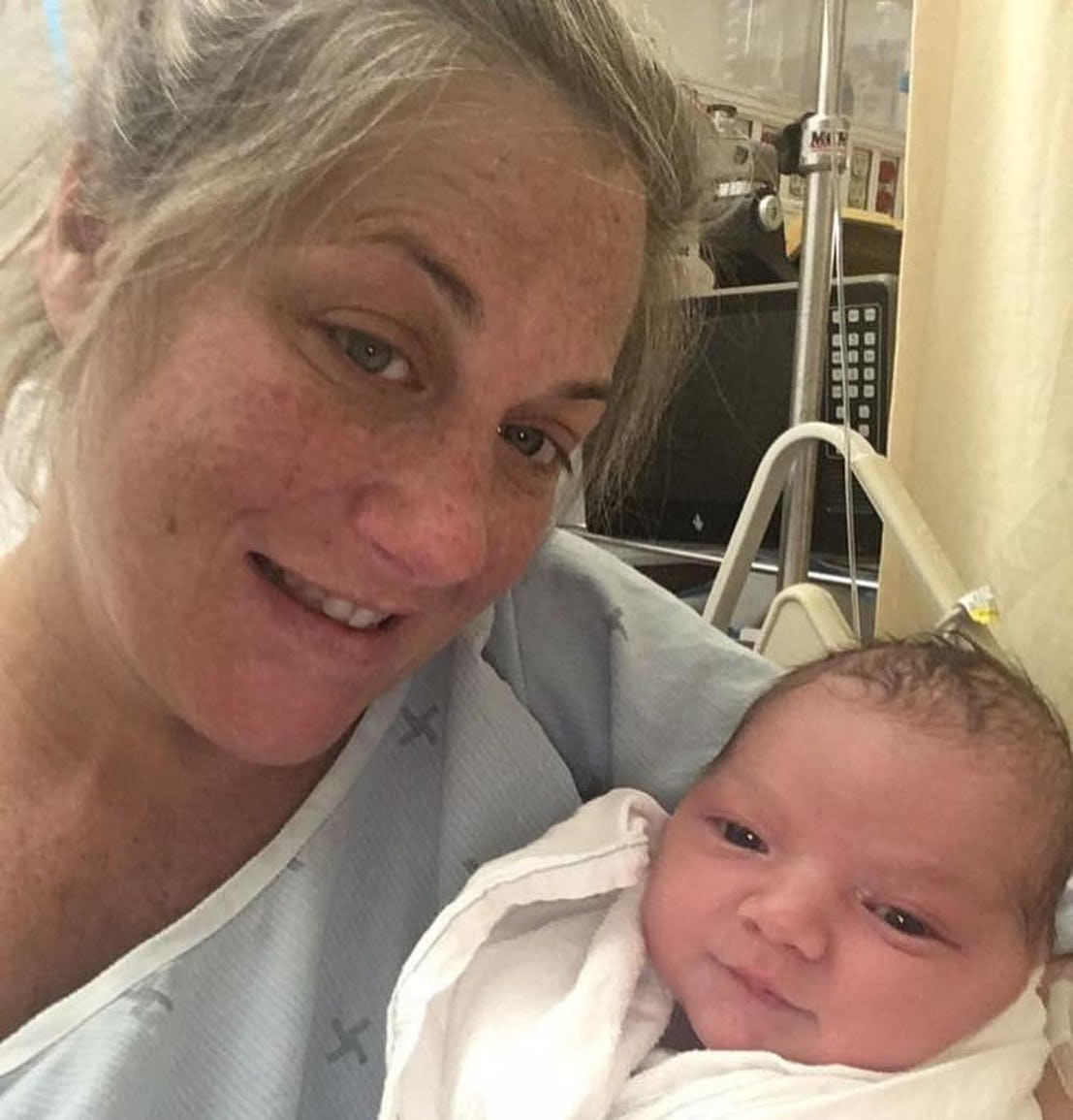
Once again, many moms notice their step has a little bit of a waddle to it rather than a jolly skip. This just means that their baby has ‘dropped’ to a noticeable place, and this is a good thing! Unlike the old days when people would say, ‘oh, you must be having a boy because you’re carrying so low!’, it simply just means the baby is preparing to say bon voyage to his or her nine-month home. However, if a baby isn’t dropping as the due date nears, it could mean that this new mom-to-be is in for a bit of a long haul when it comes to labor.
13. THE URGE TO USE THE BATHROOM CAN MAKE LABOR A BIT UNCOMFORTABLE

Being in labor certainly does some strange things to the human body. In some cases, it can even make moms-to-be feel as though they constantly need to use the bathroom, which can make for an interesting labor. This doesn’t necessarily mean that her labor will be tough or challenging, but it could mean that she feels a bit more discomfort than usual. Especially if her baby is a low-rider, she might feel pressure in places that she normally wouldn’t. Many of these sensations can feel even stronger when it comes time for her to lay on her back to give birth, especially in a hospital setting.
12. CRAVING SLEEP MEANS A MOM MIGHT BE CLOSE, BUT WILL BE EXHAUSTED
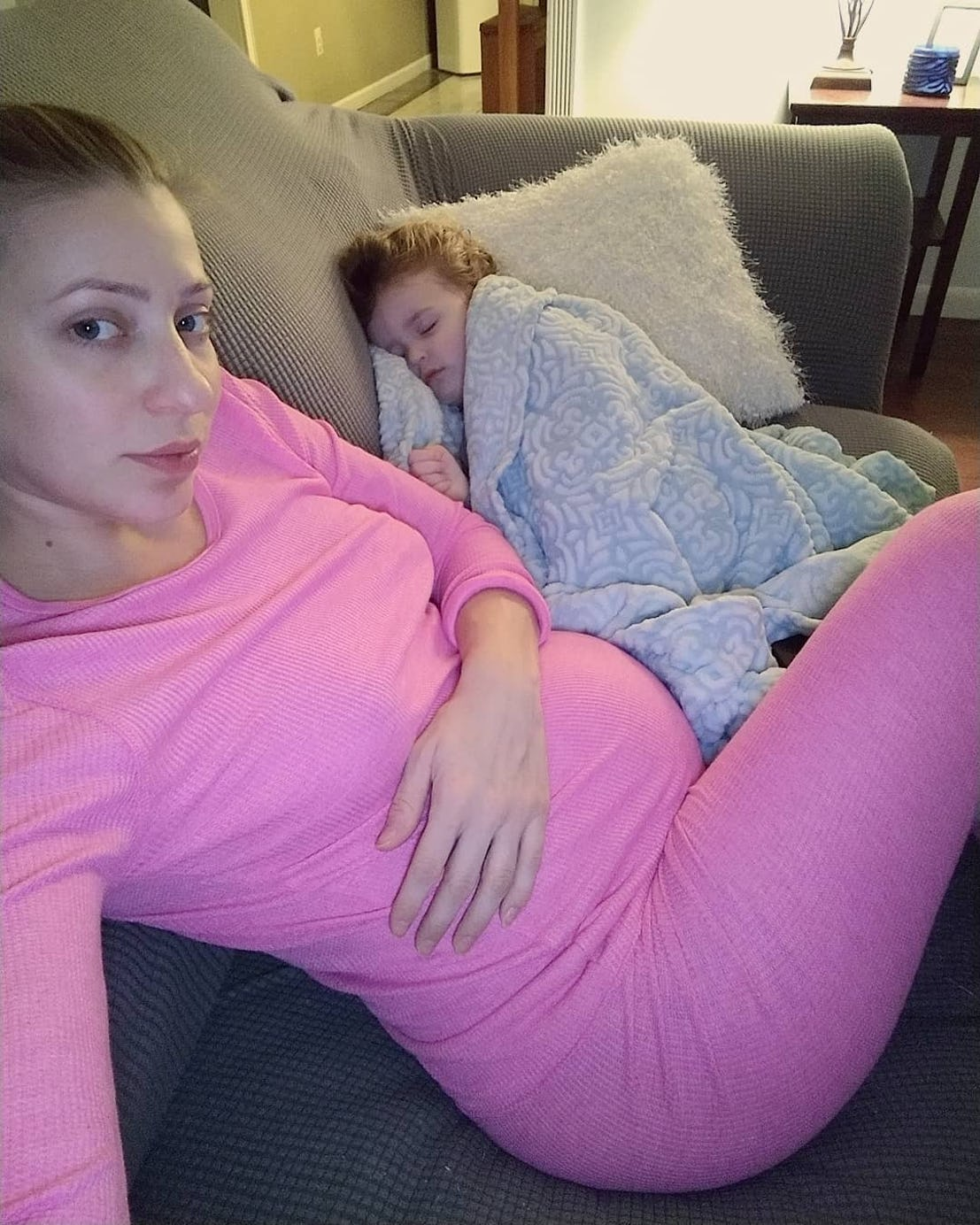
Sometimes, a new mom will experience a strange burst of energy when it comes to labor starting. As her due date looms in the near future, she might be feeling a bit more energized than usual. We can only contribute this sudden burst to adrenaline, which is what comes out in spades when it comes time to give it everything she’s got. In stark contrast, some moms feel a bit differently when their due date comes around, and this feeling is exhaustion. A tired mom who goes into labor tired means that she’s definitely not in for an easy time because let’s face it — labor is not an easy job.
11. AS GROSS AS IT SOUNDS, THAT MUCUS PLUG NEEDS TO COME OUT
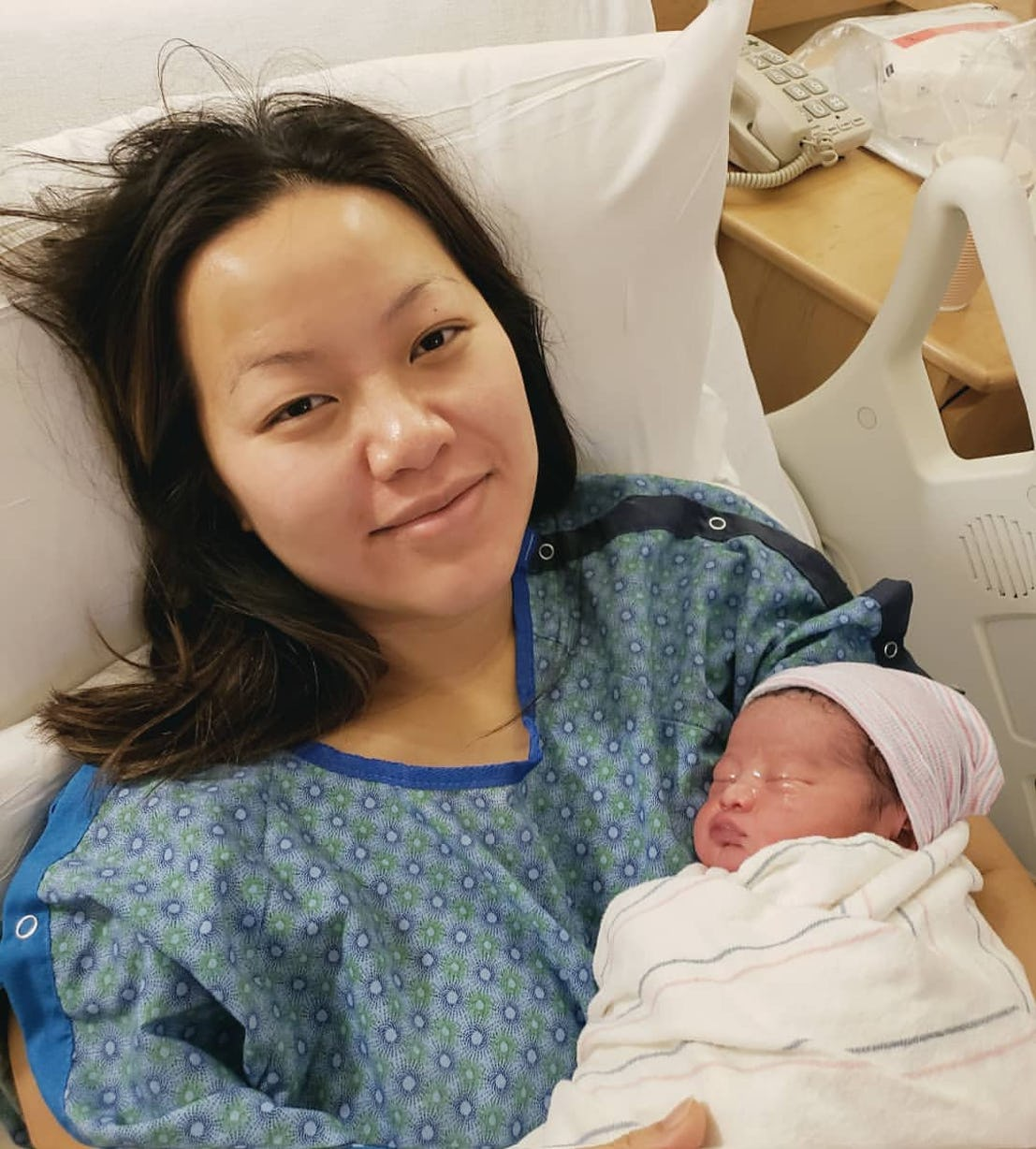
According to Abudo, a woman’s mucus plug (we know, it sounds gross) can loosen and come out days before she even gives birth. This gives way to a whole slew of changes down there that simply serve the purpose of letting a mom know that she’s getting close to labor. However, an early-released mucus plug can also mean that cramping, Braxton Hicks, and discomfort are on the way, and none of them necessarily give way to going into labor immediately. It could mean nothing at all, or it could mean a bit of an extended labor process. The good news is that it still means a mom is close, whether it’s by hours or days.
10. THE CERVIX DILATING WITH NO IMMEDIATE LABOR MEANS A SOLID WAIT
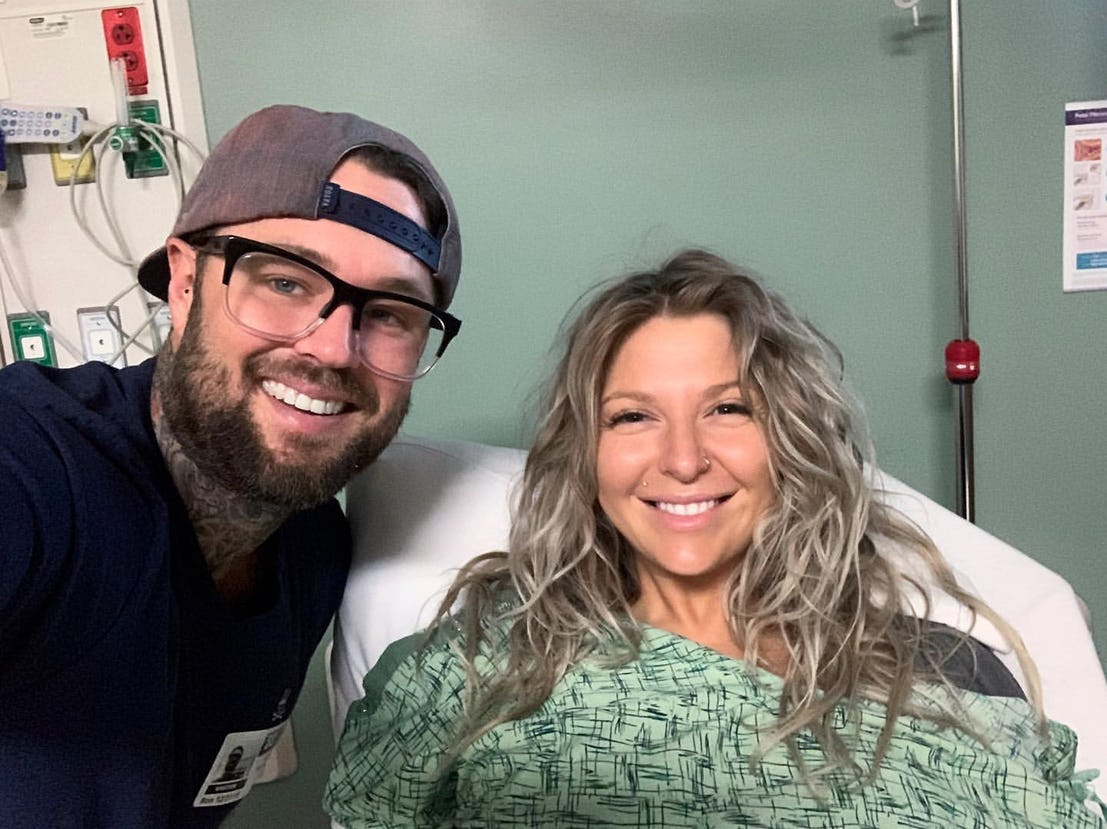
Just because a woman is dilated definitely doesn’t mean a baby is sure to follow immediately. Any mom who has gone through long labor knows that a baby will make an appearance when he or she wants to, not the other way around. A woman can be dilated for plenty of hours before her dilation reaches about four centimeters, which is usually go-time for moms to start pushing. A mom-to-be who finds herself dilated, yet not actually in active labor, might be in for the long haul. Anyone who wonders how a woman can be in labor for an entire day or night need only know that until a mom reaches four centimeters, that baby is staying put.
9. BASED ON THE BABY’S POSITION, BACK PAIN IS A SMALL SIGN OF MORE TO COME
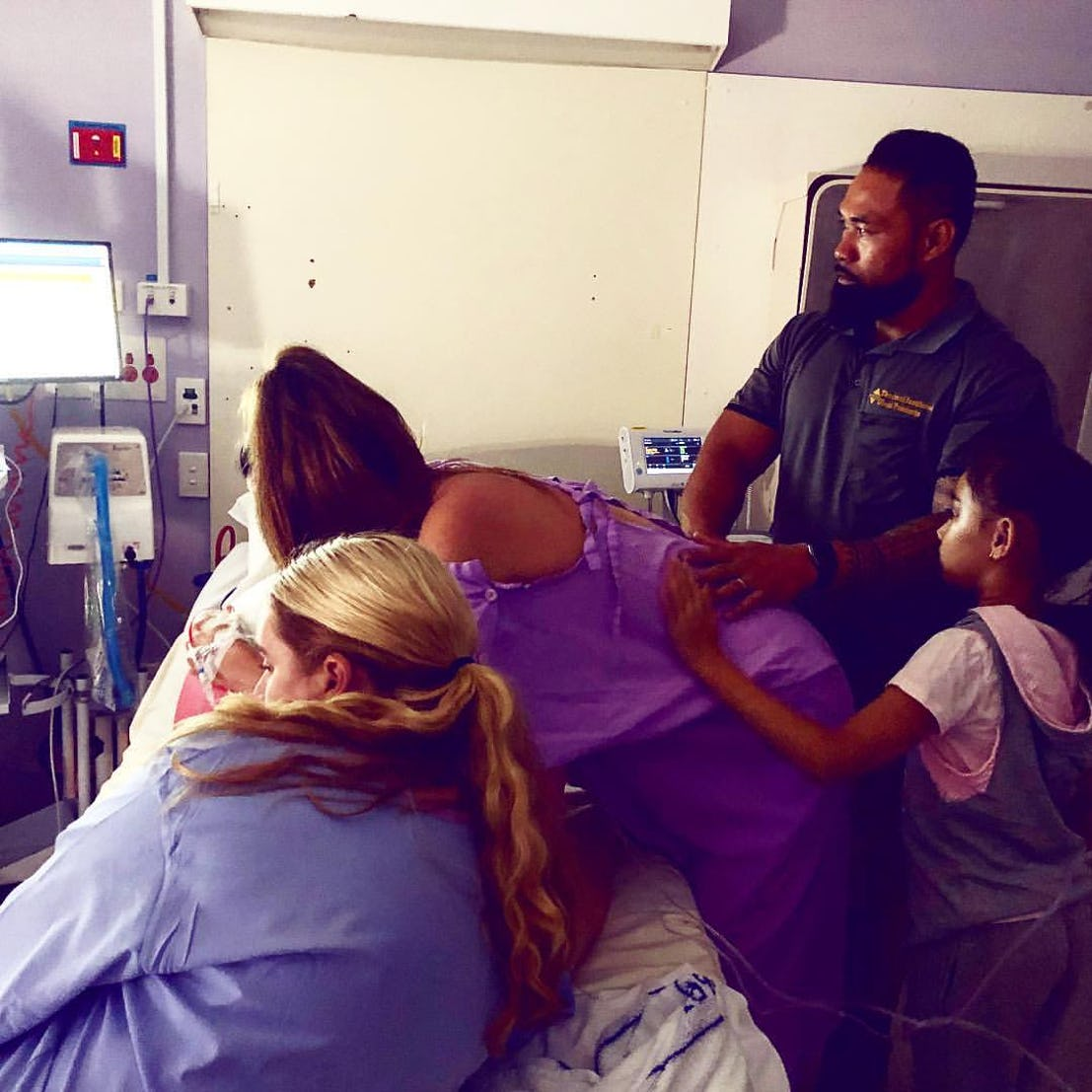
Intense back pain can be a sign of tough labor but it also might not be. Many midwives will actually recommend not lying on your back because it can often make the sensation worse or more significant. Depending on the position of the baby, a mom may notice that the sensations in her back are almost ‘rhythmic,’ according to Today’s Parent. This happens when her uterus is lying close to a mom’s spine, meaning more sensation and most certainly a stronger one. Shifting positions may help to alleviate it, at least temporarily, until she’s in active labor. This is often referred to as ‘back labor’.
8. A BROKEN WATER WITH NO BABY AFTER 24 HOURS

That’s right, ladies… Just because a woman’s water breaks does not mean her baby is soon to follow. Water spilling out doesn’t even mean that labor is starting immediately (and usually doesn’t). It does mean, however, that labor is on the horizon and a mom-to-be should be ready and prepared to head to the hospital or contact her midwife because it’s almost time. Occasionally, though, a woman’s water can break and after 24 hours, there still might not be a baby. This is the start of a long labor process and one that a mom-to-be will definitely need some patience for.
7. PUSHING TOO HARD FOR MORE THAN TWO HOURS ISN’T EXACTLY NORMAL
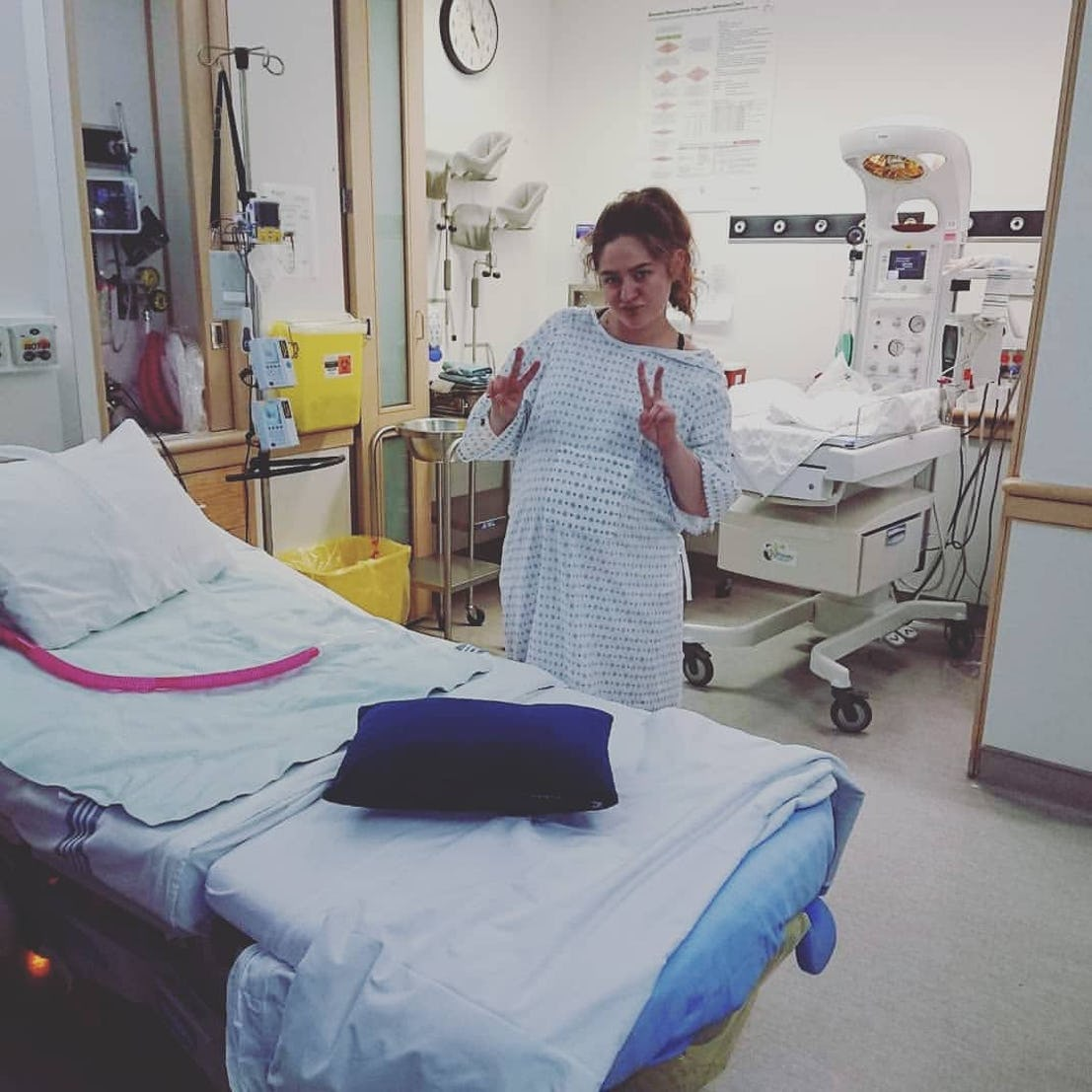
According to Hesperian Health Guides, any labor that takes two hours or more of hard pushing during labor is one that’s considered “too long.” While pushing is a process in itself, the amount of energy a new mom exerts pushing as hard as she can shouldn’t exceed much more than two hours. If it does, other matters may need to be utilized in order to help a mom give birth or to get her baby out. This is also the case if a mom-t0-be is in labor for more than 24 hours, as it can mean that both mom and new baby might need a little bit of help to finish the job.
6. PRE-ECLAMPSIA CAN BE NORMAL BUT SHOULDN’T BE TAKEN LIGHTLY
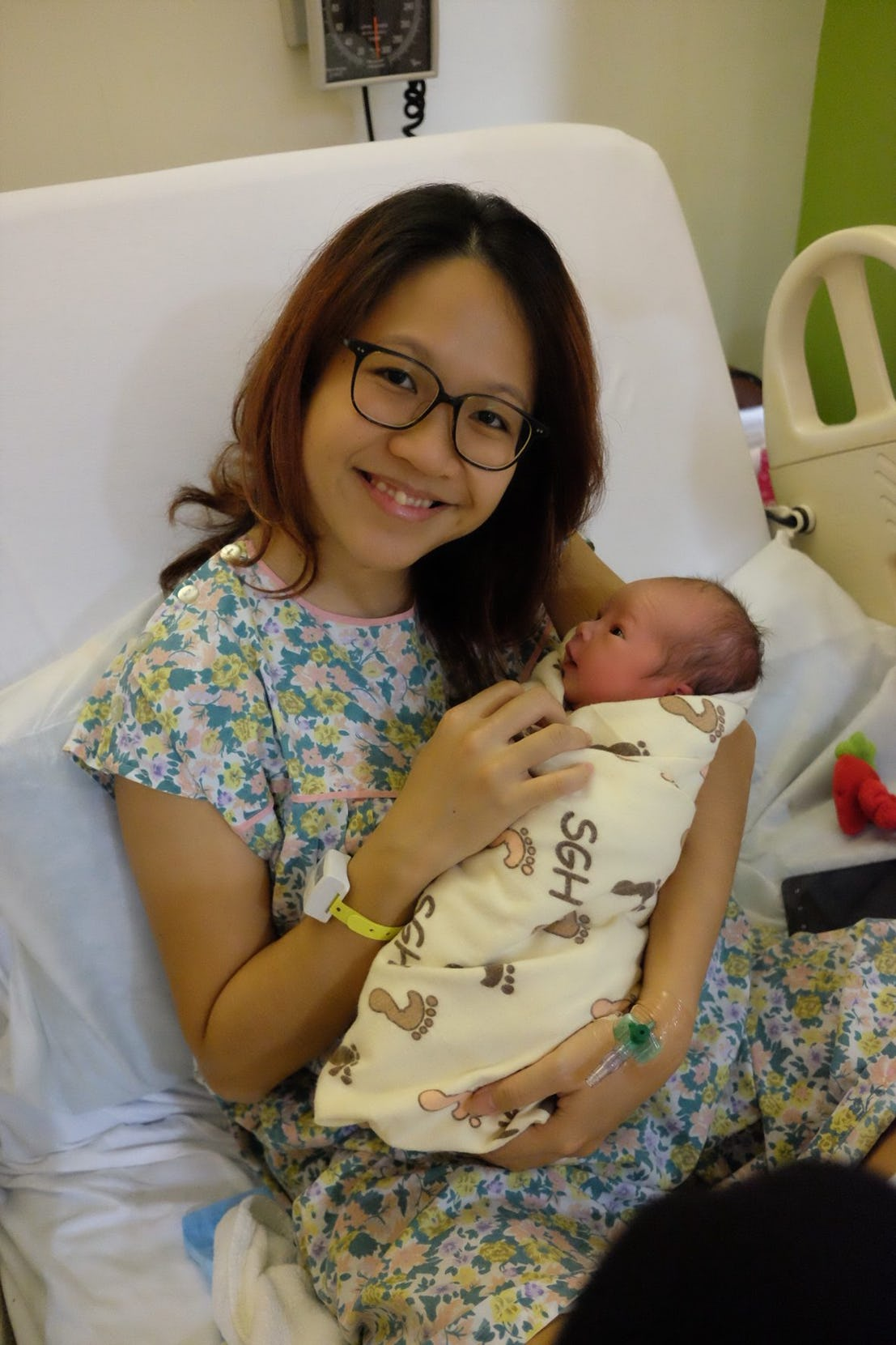
Pre-eclampsia, also known as Toxemia of Pregnancy, is something that many women notice based on their (extremely) swollen legs and feet. Other symptoms may include severe headaches, hypertension, blurry vision, and unusual stomach pain just below the ribcage. Many of these signs are quite obvious and shouldn’t be taken lightly, as the condition can worsen without proper treatment. Being diagnosed with this can often mean that labor needs to be entered into with more care than usual since pre-eclampsia is already putting enough strain on mom. A mom who already has epilepsy is also more susceptible to getting pre-eclampsia while pregnant.
5. SIMPLY PUT, THE SENSATION OF A MOM’S CONTRACTIONS IS VERY TELLING
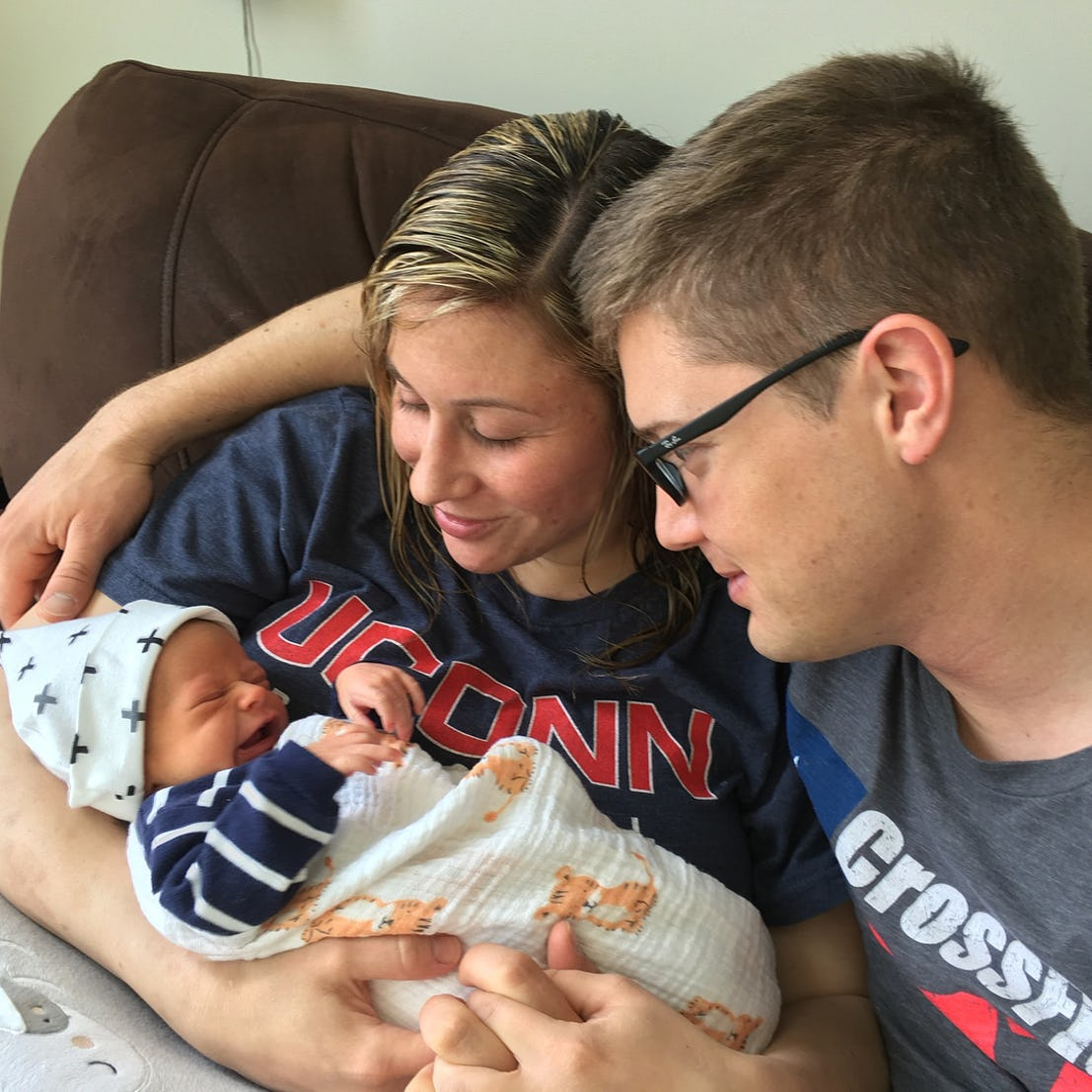
Is it Braxton Hicks? Is it a labor contraction? New moms must know the difference because it means the difference between being sent home from the hospital early or making it there with little time to spare. Depending on which type of contractions a new mom has, where they are, and how they vary in intensity, a woman can get a pretty good sense of how her labor will progress. If she chooses an epidural then it won’t matter too much but for a natural birth, contractions are everything. Every mom-to-be is different just as every labor will be different, and that means paying attention to every sign.
4. YOUR BABY’S POSITION WILL TELL YOU EVERYTHING YOU NEED TO KNOW
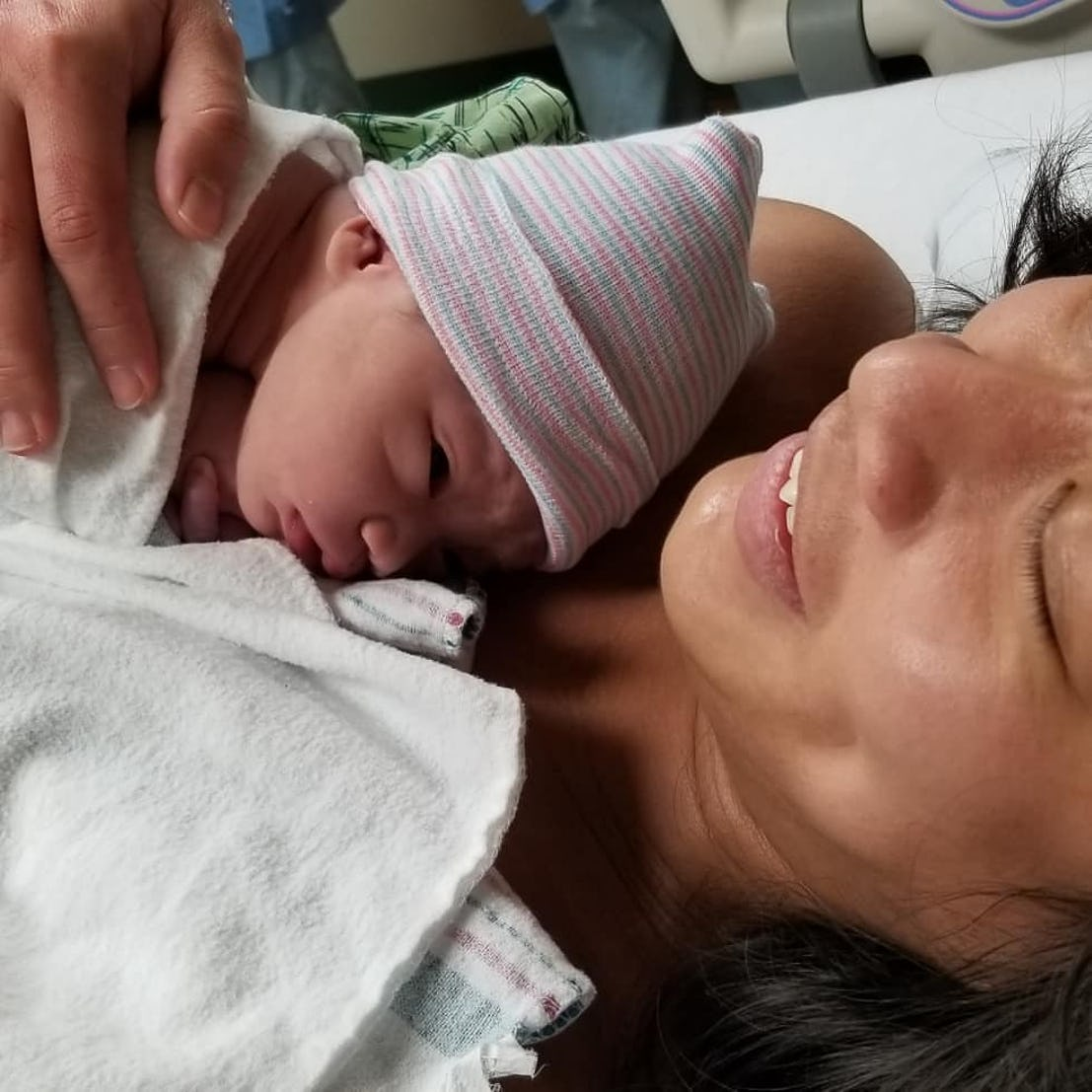
A doctor can determine many things about a pregnancy based on the position of the baby waiting inside. Obviously, a baby that is breached is an issue that needs to be corrected and will likely lead to a more challenging labor process. A baby that is leaning on his or her mother’s spine is likely to cause ‘back labor’ and become the root of sensations that are focused more toward the lower back. A baby that’s sitting much lower than usual is one that’s ready to come out and could lead to shorter labor. These are all things that can be told once a mom’s water breaks.
3. A PAST PREGNANCY IS NOT INDICATIVE OF THE FUTURE, BUT IT CAN HELP
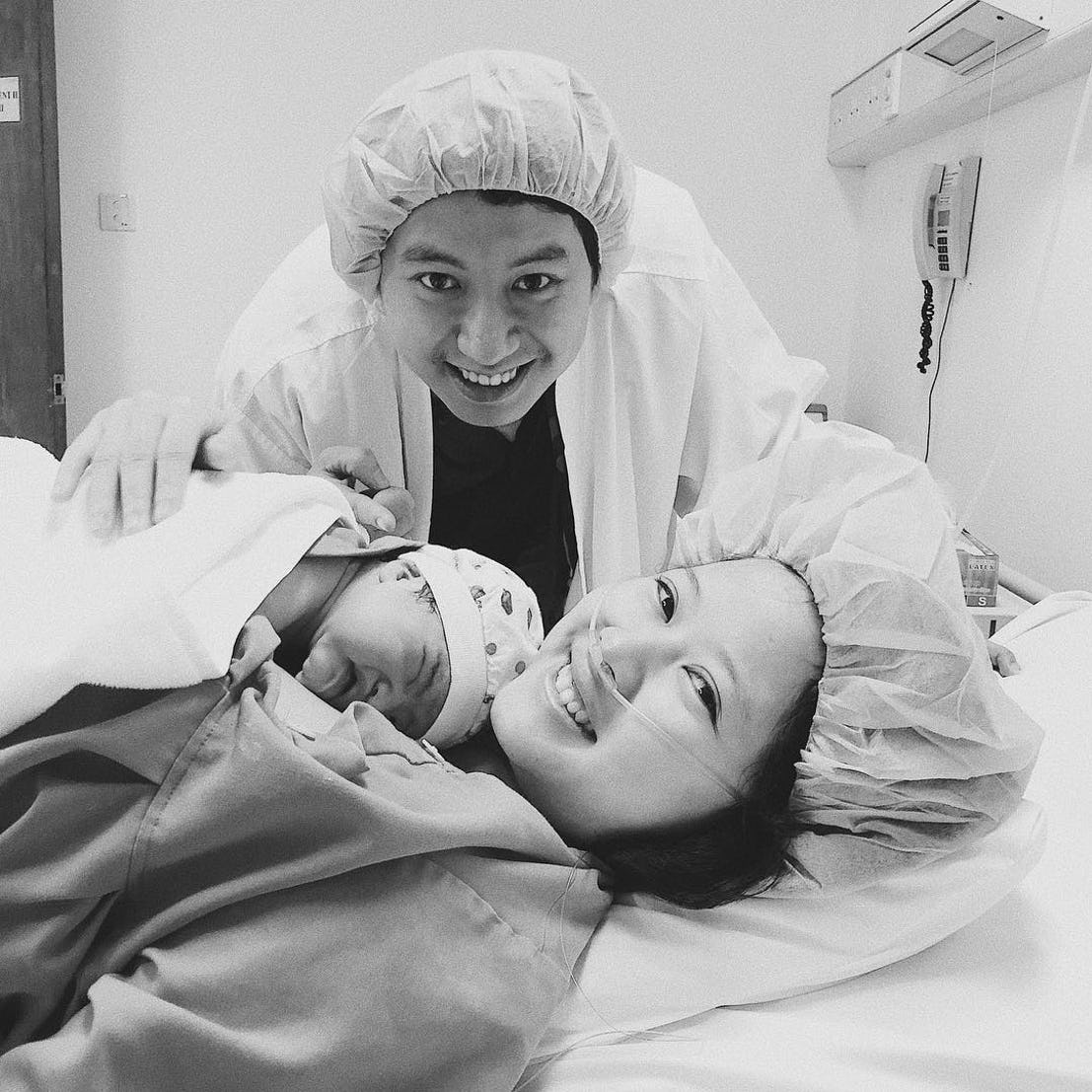
Perhaps the most simple way of determining whether mom is at risk during her labor is by examining how her past pregnancy went. While it’s true that each pregnancy is different, that doesn’t mean that some things don’t remain the same. If a woman is petite, it’s likely that she’ll always be in for more painful or drawn-out labor. If she had labor complications the first time around, it could mean that the risk is still prevalent her second time around. These can all be discussed with her doctor in order to rule out what may or may not be the same, but they’re a pretty telling sign when it comes to having a second baby.
2. ANXIOUS FEELINGS CAN TENSE UP PLACES THAT SHOULDN’T BE TENSE

Just as stress can hinder the hormones that a new mom will naturally produce, feelings of anxiety or physically being anxious can hinder labor. When we feel anxious, we often naturally go into a flight or fight mode, during which everything tenses up. Whether we like it or not, this is all part of how we protect ourselves. However, during labor, the last thing a doctor wants a new mom to do is tense up so much. This can cause pressure in places that don’t need it and can prevent a mom from pushing as hard as she can. If she’s tense and her muscles are tense, labor will undoubtedly take longer.
1. BELIEVE IT OR NOT, STRESSING MORE THAN USUAL ADDS TO THE LABOR BATTLE
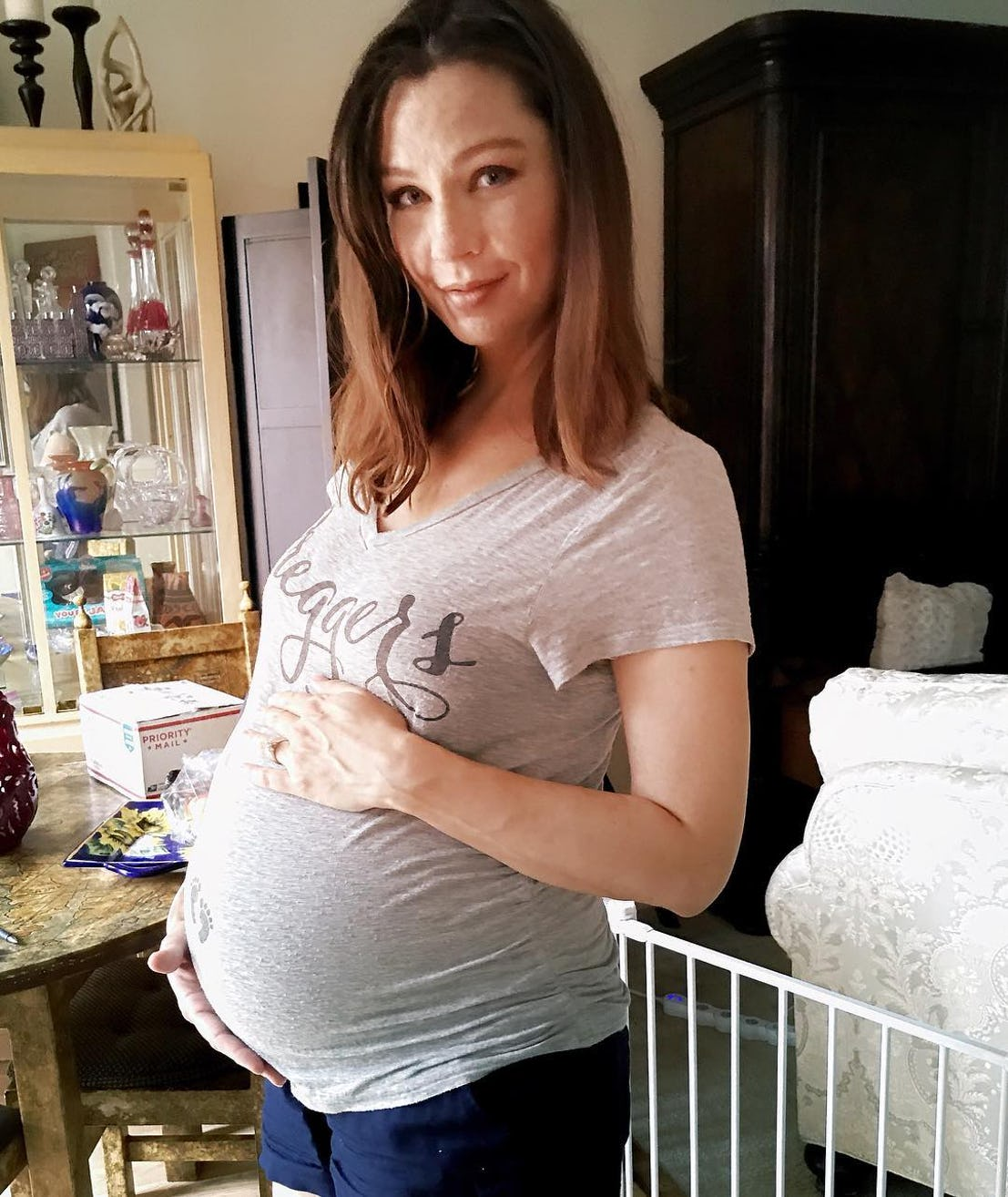
There have been countless studies done in order to demonstrate the connection between stress and hormones and this is especially the case for women. We’ve all likely noticed that when Aunt Flo comes around, any significant levels of stress can alter or even change our cycles. This is the same thing that happens when a woman is pregnant. If a mom-to-be stresses out too much, she’s likely doing more harm than good. Such prevalent stress levels can attribute to hormones that are not produced as quickly or as often, which can lead to challenges during labor later on down the line.


